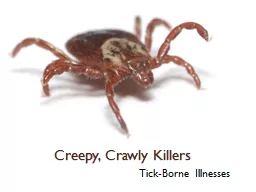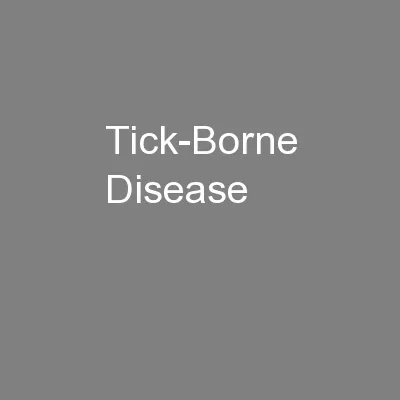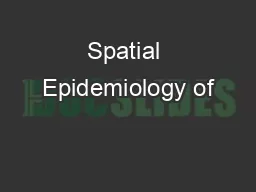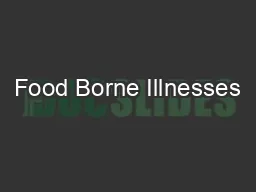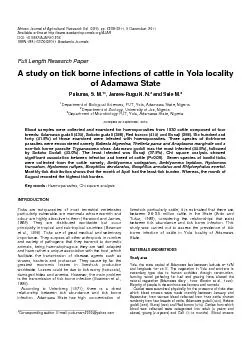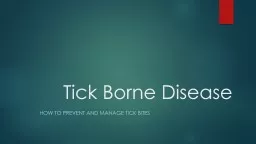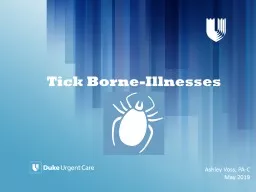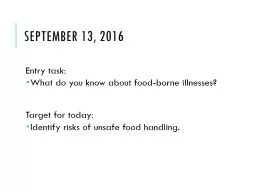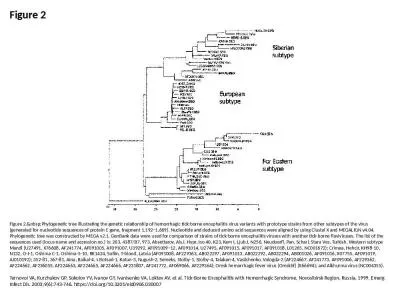PPT-Creepy, Crawly Killers Tick-Borne Illnesses
Author : lindy-dunigan | Published Date : 2020-04-03
Tick Identification Lyme Disease Transmitted by Ixodes scapularis deer tick Borrelia burgdorferi Most common vectorborne zoonotic infection in the United
Presentation Embed Code
Download Presentation
Download Presentation The PPT/PDF document " Creepy, Crawly Killers Tick-Borne Illne..." is the property of its rightful owner. Permission is granted to download and print the materials on this website for personal, non-commercial use only, and to display it on your personal computer provided you do not modify the materials and that you retain all copyright notices contained in the materials. By downloading content from our website, you accept the terms of this agreement.
Creepy, Crawly Killers Tick-Borne Illnesses: Transcript
Download Rules Of Document
" Creepy, Crawly Killers Tick-Borne Illnesses"The content belongs to its owner. You may download and print it for personal use, without modification, and keep all copyright notices. By downloading, you agree to these terms.
Related Documents

